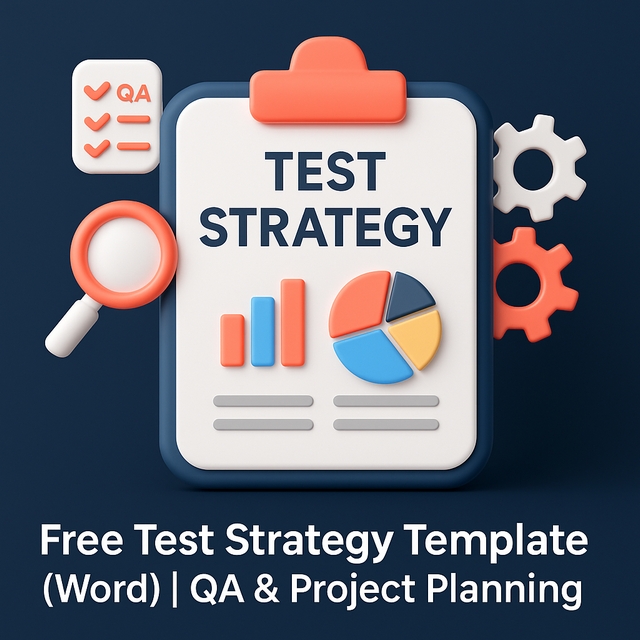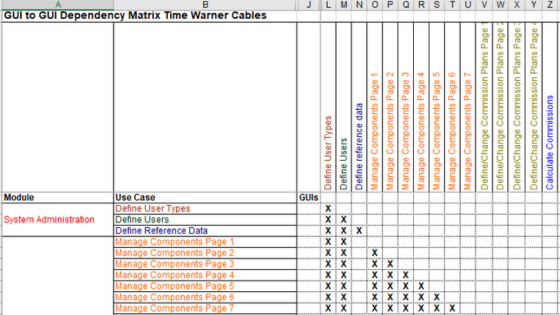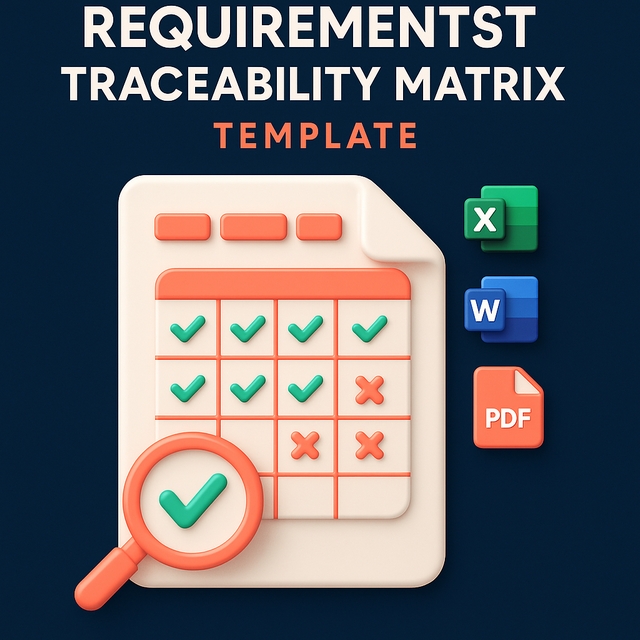Table of Contents
Test Strategy Template
1. What is a Test Strategy?
A Test Strategy is a high-level document that defines the approach, scope, objectives, environment, and tools used in testing. Unlike a test plan, which is project-specific, the test strategy is often organization-wide or applicable across multiple projects.
It serves as a guiding framework for QA managers and test leads to ensure consistency and clarity across all testing phases.
2. Difference Between Test Plan & Test Strategy
| Aspect | Test Plan | Test Strategy |
| Focus | Execution for a specific project/release | Overall QA approach for multiple projects |
| Detail Level | Detailed: test cases, schedules, resources | High-level: methodology, tools, risks |
| Owner | QA Lead / Test Lead | QA Manager / Test Manager |
| Updates | Updated per release | Long-term, rarely changes |
3. Key Sections in a Test Strategy
A strong test strategy covers:
- ✅ Objectives → Define the overall purpose of testing.
- ✅ Scope → What is included (functional, non-functional) and excluded.
- ✅ Approach → Manual testing, automation, risk-based testing.
- ✅ Test Levels → Unit, integration, system, UAT.
- ✅ Tools & Environment → Management tools, automation frameworks, performance, and security tools.
- ✅ Risk Analysis & Mitigation → How risks will be identified and handled.
- ✅ Communication Plan → How QA communicates with stakeholders.
- ✅ Exit Criteria → Conditions under which testing is complete.
4. Sample Test Strategy for Agile/Waterfall Projects
Agile Example
- Frequent regression automation.
- Testing aligned with sprints.
- Daily QA–Dev sync meetings.
- Lightweight documentation.
Waterfall Example
- Full system testing after the development phase.
- Heavier documentation.
- Sign-offs after each stage.
- Sequential defect handling.
5. FAQs
Who creates a Test Strategy?
The QA Manager or Test Manager usually prepares the strategy.
How often should it be updated?
Rarely, unless there are major shifts in process, tools, or compliance.
Is a Test Strategy required in Agile?
Yes, even in Agile, a high-level strategy ensures consistent quality practices across sprints.
What’s the biggest benefit of a Test Strategy?
It provides a single source of truth for all QA teams, avoiding confusion and duplication.
✅ Takeaway:
Download this Test Strategy Template to align your QA activities with business goals, minimize risks, and create consistency across projects.



